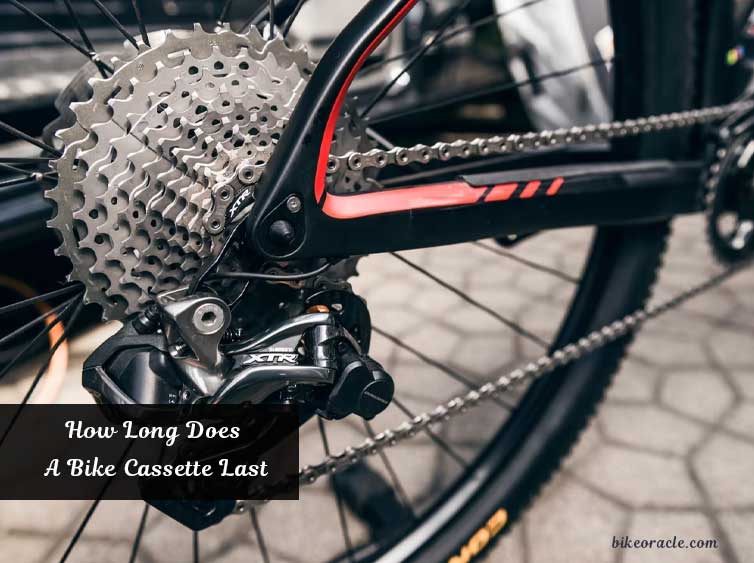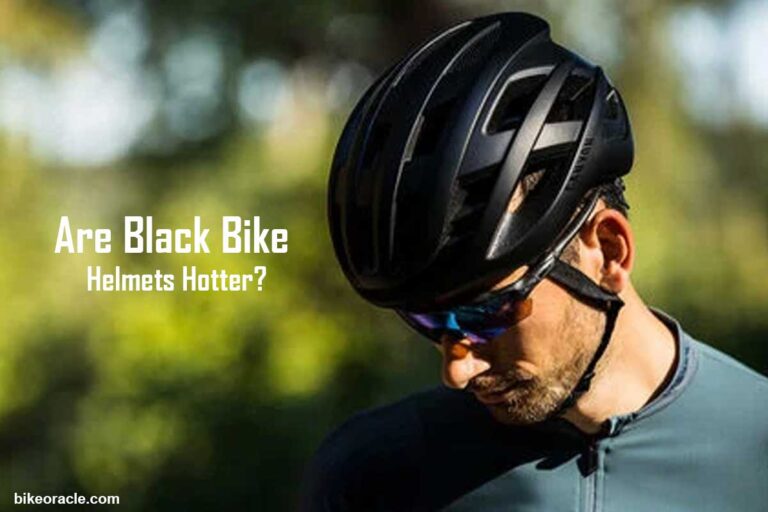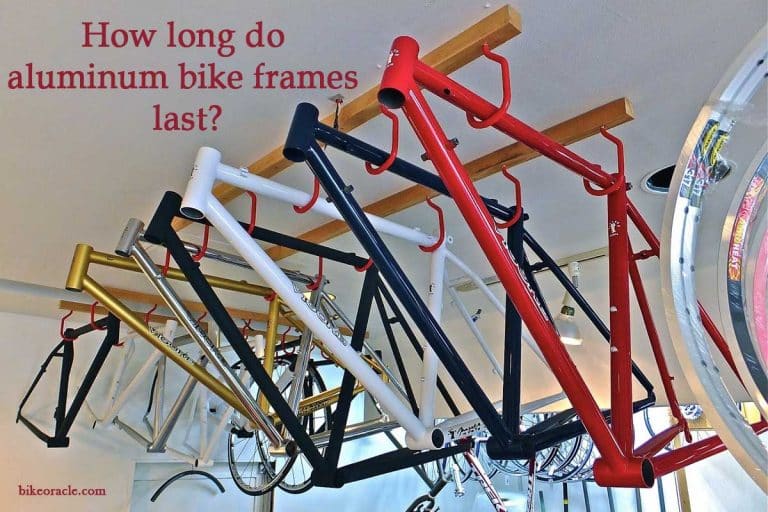Helmet Mirror Vs Handlebar Mirror: Which is Better for Bike Riding?
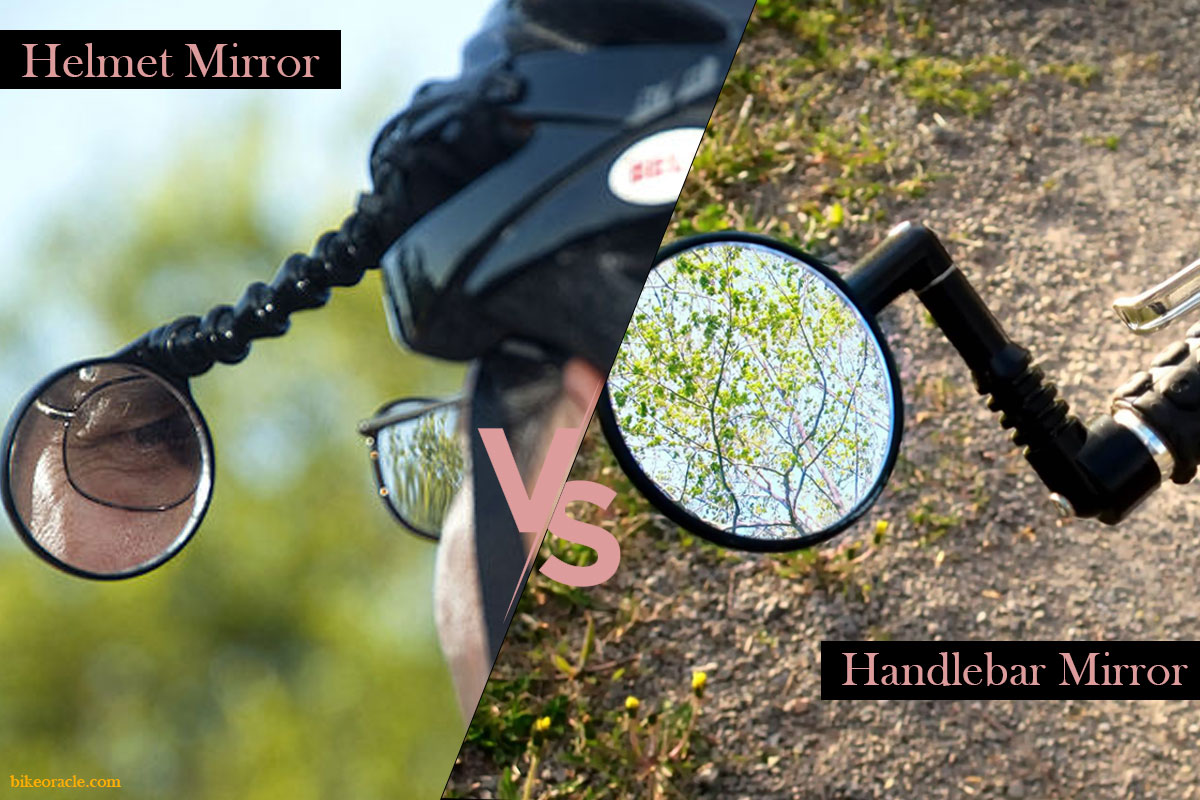
Bike riding is one of the most enjoyable, liberating, and eco-friendly activities people can engage in. Bike riders should know the dangers biking on roads and paths poses. A bike rider will experience these dangers more acutely than someone who gets around by other means because it’s a solo activity. When riding your bike, it’s important to keep an eye on the road in front of you. That’s why bike riders use mirrors. Are you confused about which bike mirror is the best?
Today I will be talking about Helmet Mirror Vs Handlebar Mirror. The main difference between handlebar mirrors and helmet mirrors is that one is attached to the bike while the other is a wearable accessory. If you want more information about helmet mirrors, bike mirrors and other accessories for your bike, please keep reading!
What Do You Need to Know About Cycling Mirrors?
If you’re interested in cycling, you owe it to yourself to learn as much as possible about the necessary equipment. Cyclists are always swapping old gear for new ones, and it’s important to understand what pieces make up a bike mirror. You’re not going to be riding around with a mirror that tracks cars, so you need something that will give you a good view of your surroundings. A bike mirror helps cyclists see what’s happening around them and adjust their position on the road as necessary.
If you’re looking for a bike mirror, you need to know what model to purchase. Bike mirrors can be purchased in styles ranging from small and compact to larger than life. It would help if you found an adequate mirror for yourself; a bad bike mirror will not only be uncomfortable and cause fatigue over a long time, but it could also get in the way of your view.
There are a lot of factors that go into making a good bike mirror. Not only are there different sizes and shapes to consider, but you also need to make sure that the mirror is adjustable. A small adjustment can make a big difference here, so you want to be able to find the right fit. Make sure that the mirror you’re using is lightweight and adjustable.
When you’re shopping for a bike mirror, it’s important to remember that size does matter. The larger the mirror is, the wider your perspective will be. However, choosing a very large bike mirror could hinder your vision of the road or even block your line of sight altogether.
What Is A Helmet Mirror?
A bike helmet mirror is an extremely useful tool that helps you view yourself while riding your bike. It allows you to see behind you, which can benefit certain situations. It is especially helpful if you wear a helmet but want to ensure that everything looks okay without having to remove your head from the straps. You can also use it when checking out other people as they ride by and make quick facial observations.

It will help you view everything you need and does not take up much room like some other mirrors. You can easily attach it to your helmet, making it very convenient for your needs. It is a tube that has glass on both sides. It is very flexible. You can use it for any reason, but having one with you is always a great idea. It can be attached to your bike helmet with three strong suction cups on the backside. It gives you the ability to move it anywhere that you would like.
The Helmet Mirror allows you to move it with you, making it very easy for your safety and convenience. It is especially good to use when riding in busy areas where traffic is going by quickly. The mirror has a curved inner surface that lets you situate your head into the helmet straps without having to remove them. The mirror will let you view what’s behind your head so that you can see if anyone is getting too close to you or if certain dangers are approaching.
Read More: How Much Should I Spend On a Bike Helmet?
What Is A Handlebar Mirror?
Handlebar mirror is small enough to fit securely on the bicycle’s stem and has a quick release mechanism that allows it to be detached and moved with the cyclist. One or more sets of arms attach to the mirror. These arms are attached to the head tube and are spring-loaded so that they will not damage the bike or any other parts when detached. A dust cover also goes over the mirror to protect it from rain, snow, etc.
There are several different types of bike handlebars mirrors. Some are cylindrical, smaller than a common soda can, and others may be rectangular. The best ones for road bikes have a convex surface, with either a flat or curved top. It allows the cyclist to see everything directly behind him without any distortion. A flat mirror may cause the image to be distorted from its original shape. Others have a prismatic effect that still displays the image in its original shape and some cyclists prefer this type for mountain bikes for easier viewing. Many handlebar mirrors will fit with other accessories like computer consoles, phone holders and more. It allows the cyclist to have all his accessories in one convenient location.
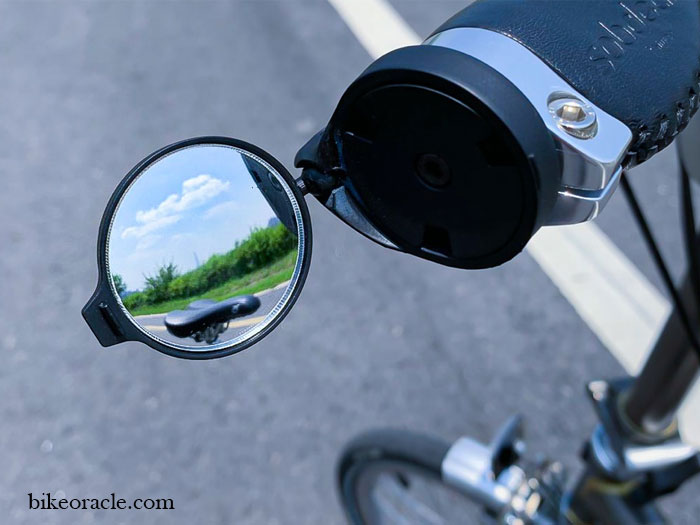
When choosing a bike handlebar mirror, you must ensure it is built to withstand the elements. Rain, snow and other harsh weather conditions can cause cracks in the glass or even damage the mirror itself. The best way to do this is by checking reviews online and reading what others say about it. If you find some with bad reviews, do not purchase them as they will not hold up as well as they should. Another thing to look for when picking out a handlebar mirror is the size of the viewing area. It can make a difference in comfort and what you see in your mirror while cycling.
What Are the Differences between these Two Mirrors?
If you’re in the market to purchase a bike mirror, it may be not easy to decide which kind of mirror to get: handlebar or helmet. Deciding between these two mirrors can be tough because there will likely only be one difference between them. If you know that difference, you’ll have a good start towards finding the right one for your needs.
Handlebars are typically higher than the top of your head, which means that if you’re trying to use a handlebar mirror, it will point down from your bike and away from traffic behind you. On the other hand, helmet mirrors attach to either side of most helmets and can pivot at any time so that they always point downward at the traffic behind you.
Helmet mirrors are usually very inexpensive and easy to install. If you ever change your bike, if your new bike has handlebars higher than the top of your head, you can move your helmet mirror from one helmet to the next! Just like any other biking accessory, helmet mirrors need to be adjusted to be relatively positioned between your eyes and ears. This way, looking at the mirror will give you an accurate view of what’s behind you.
Handlebar mirrors are typically heavier and more expensive than helmet mirrors. They tend to be designed with a handlebar mount so that their attachment to your bike can be adjusted at any time. These will usually have a better viewing angle during the day but can sometimes be difficult to look through in tight spaces. If you are looking for a mirror to attach easily to your bike and then detach whenever you ride, consider a helmet mirror (or even a handlebar mirror with an extra extension mount).
Despite the differences between these two types of mirrors, both can give you excellent views of traffic behind you. While on your bike, the best way to determine which kind of mirror is right for you. Try to list the situations you’d want to use your mirror for, and then test out each kind of mirror in real-life situations. If you’d like more information on biking with mirrors, check out our article on how mirrors can improve your biking safety.
How Can They Be Used and Give You A Better View Behind You?
A handlebar-type mirror is placed on the handlebars of a bike to give the rider a better view of what’s behind them. A bicycle helmet mirror is similar but slightly smaller and can be mounted on top of a helmet instead. They are typically installed by professionals such as mechanics or people that do bicycle racing, but individuals themselves can also do them. Lately, many riders have begun to question the safety of bike mirrors, especially handlebar-type mirrors. Many instances have been reported where the bicycle driver saw a bicyclist with a handlebar mirror and could not see that cyclist until it was too late. As many cyclists fear being responsible for other people’s lives, this is a valid concern.
However, reflectors can provide some form of warning to other drivers and make them aware of a cyclist’s presence from behind. Also, a helmet mirror is not enough if you ride on the road at night. A windshield will be the best form of vision because it filters out more light than any other vehicle on the road. Also, a rearview mirror on your helmet will not provide you with the same view as you would get from a helmet or handlebar mirror. You can try this by comparing the amount of light filtered out from each source and how far away you can see in the dark using each.
It turns out that there has not been any research conducted to show that either form of bike mirror provides more safety than the other. Traffic studies show that most accidents between cars and bicycles are caused by distracted drivers who do not watch where they are going. Most often, they will be looking at something else while they are operating their vehicle, such as looking at a cell phone or eating. If a driver were to see a cyclist with a handlebar mirror, they would still be able to see the bicyclist’s face in the mirror. Therefore, it is still possible for you to be hit by a distracted driver even if you were wearing a helmet mirror.
Experts also point out that employees of bicycle shops are often not trained in dealing with customers and may do something unsafe manually. As they do not have any experience handling bicycles, they may make mistakes that can cause serious injuries to both themselves and others. To avoid this potential accident, cyclists should ask their local bike shops if they offer any quality bicycle riding safety classes.
Read More: Are Black Bike Helmets Hotter?
The Benefits of Using Them
The handlebar mirror is the most common bike piece of equipment, after the bike itself. They are important for your safety and visibility in traffic. It’s easy to see how a bike can become a dangerous instrument without one. Handlebar mirrors provide more than just an extra set of eyes for you as the rider. They offer a study in contrasts: One on top of your head and one attached to your handlebars, with perspectives from high up above the street and down near its level. With two mirrors, you can have a vantage point that allows you to make turns easily and head left and right while ensuring you’re not blocking any of your fellow riders. On the other hand, if you’re ever able to make a left turn and cannot use your right arm, it would be right at the top of your handlebar, where the mirror would most likely reside. The handlebar mirror can also be a little more practical in providing you with an extra set of eyes and a little extra reach to grab onto the bar.
If you’re on the road and need to make a quick stop, this is where you would want to catch sight of vehicles ahead of you. In some places, your brake light will be your best guide. However, if you’re travelling down the road and suddenly need to slow down, in traffic or without, your handlebar mirrors can help you by offering an accurate view of what’s coming up behind your back wheel. They can also help direct your attention or focus on something else when required.
Helmet Mirror Vs Handlebar Mirror : Which Is Better for Bike Riding?
The standard safety equipment used on riding bicycles is the handlebar mirror, which is used to help riders see obstacles behind them while they are cycling. Bicycle retailers and cycling manufacturers have largely adopted these mirrors as an important safety element. Still, the issue with this method lies in whether cyclists can adequately judge distance when using a handlebar mirror.
When using a handlebar mirror, cyclists have to adjust the distance of their eyes from the mirror to see objects behind them. Using front-facing mirrors is not a problem because cyclists can easily judge distance using the handles and bars on their bicycles. However, cyclists cannot easily judge distance when using a handlebar mirror. Therefore cyclists have caused many cycling accidents by inadvertently running into objects due to their inability to see what is behind them.
In addition to this, the handlebar mirror isn’t designed to be used by cyclists in urban areas or other situations where cyclists have to look behind them frequently due to the presence of obstacles. When used with no additional accessories on a bike, the handlebar mirror is difficult for urban cyclists to hold on to because of its lack of stability and wide surface area.
Who Uses These Types of Mirrors and Why?
Mirrors are one of the most important pieces of equipment we have in our cars. They help us see things we may not have noticed and make driving much easier, safer, and more efficient. However, not all mirrors are the same. There is a wide range of mirrors on the market, and each one serves a different purpose.
A handlebar mirror is a large convex mirror that attaches to the inside of a vehicle’s front windshield. The mirror is affixed to the windshield with suction cups, and drivers can adjust its position at any time to suit their needs. Drivers who use this type of mirror are those who need an unobstructed rear view to avoid getting in an accident, such as those in commercial vehicles and buses.
One benefit of this type of mirror is that it allows drivers to see all corners of the road behind them at once rather than using multiple mirrors or swiveling their heads constantly. It makes it easy for them to drive safely on busy roads or make sharp turns because they have an unrestricted view from behind them.
Helmet mirrors are compact convex mirrors that attach to the inside of a vehicle’s dashboard or steering wheel. These mirrors are mounted on a small mount that fits onto the helmet and can be adjusted to face forward or backward. The helmet mirror is used by drivers who always need to see both the front and side of their vehicles. It allows them to check before making turns and maintain an unobstructed view of the road in front of them.
Conclusion
Both mirrors will likely perform just as well as the other. However, they each have their benefits and drawbacks. The handlebar mirror is a little easier to adjust with your hand since it’s closer to where you’re sitting on your bike.
Helmet mirrors are easy to get at because they’re on top of your helmet instead of at an awkward angle that would block your view. Both kinds have their perks and do the job they need to do. However, I feel helmet mirrors are a little better due to their size and the ease of reaching them. In the end, it will come down to preference, which is why I suggest trying both out for yourself before choosing one or deciding which one is best for you.
